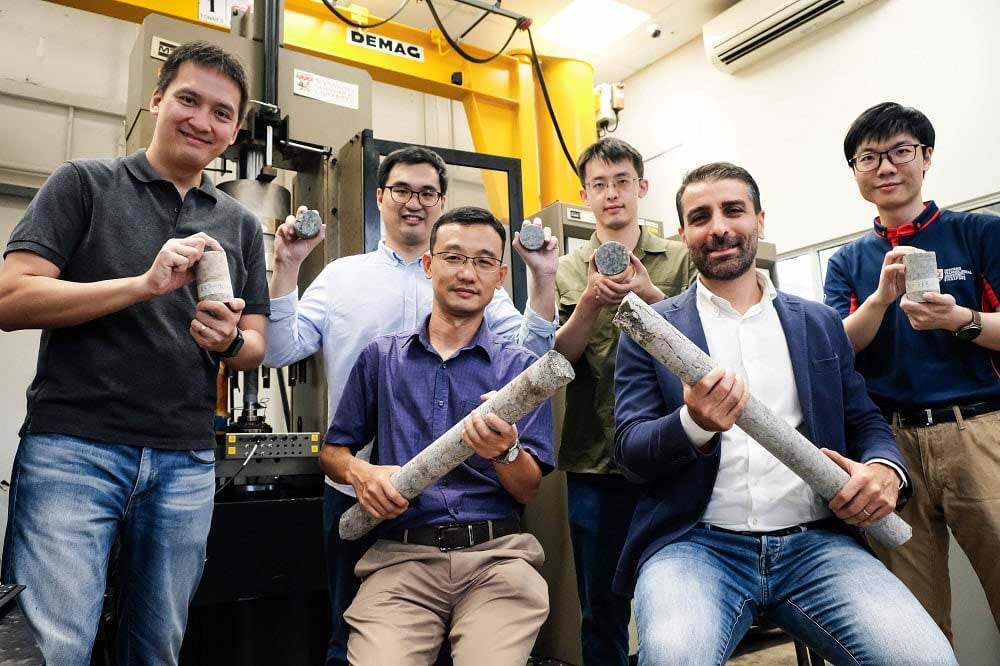

A groundbreaking study have found that Singapore has a significant geothermal resource that could be a consistent source of clean energy in addition to solar power.
Conducted NTU and TUMCREATE, in collaboration with Surbana Jurong, the study explores the geothermal potential in Singapore and is supported by National Research Foundation, Singapore (NRF) and Energy Market Authority.
Together with their team, NTU Associate Professor Alessandro Romagnoli, Co-Director of the Surbana Jurong-NTU Corporate Laboratory, and TUMCREATE Principal Scientist Tobias Massier, drilled an exploratory slim hole to 1.1 kilometres below ground at Admiralty Lane, which is close to the Sembawang hot springs.
After analysing the rock core samples of the underlying rock formation, known as the Simpang granite, and the rock temperatures at different depths, the team extrapolated that the geothermal site at Admiralty Lane could have a temperature of some 200 degrees Celsius at depths of four to five kilometres and deeper.
Such high temperatures can be useful for applications such as district cooling, electricity and hydrogen generation.
Currently, the average temperature of the Simpang granite found at a depth of 1.1 kilometres at Admiralty Lane is already hot enough to cook a soft-boiled egg – which is hotter than rock temperatures found at that depth in many other non-volcanic regions.
The team also found that the Simpang granite has high heat flows, twice as much as the global average, excluding those found in conventional geothermal areas in the vicinity of volcanos.
These promising findings may lead to a new renewable energy resource that many never thought possible in resource-scarce Singapore.






































